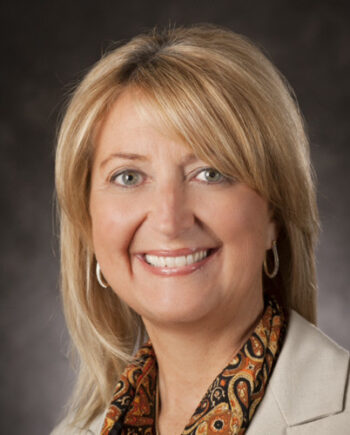
Today’s medical operations are generally safe, thanks to the advancements in the surgical environment. But despite these innovations, there are still a lot of improvements needed in the operating rooms and throughout pre-and post-operative care.
Each year, thousands still suffer from mistakes and complications that occur before, during, and after the operation. From anesthesia complications to hemorrhage, post-operative lung infection, wound infections, and many more, the list is long for possible risks and complications of surgery.
In 2016, a study done by John Hopkins has calculated that more than 250,000 deaths per year are attributed to medical mistakes, making it the third leading cause of death after heart disease and cancer. 1
Without a doubt, some surgeries are considered riskier than others.
CBS News online released an article naming the seven riskiest surgeries, and they are as follows:
Most surgeries have some risk factors involved, but the seven mentioned above have the highest risk factors. The danger even goes higher when the patient is over 85 years old.
3A study in the outcomes of surgery among the Medicare aged showed that deaths following operations were greatest among 85 years or over.
The public’s attention and awareness of the mounting medical errors demand a higher level of transparency happening in the operating rooms. Government regulations, hospital policies, and safety checklists were put in place for increased surgical risk management.
The good thing is that in the healthcare space, there’s always room for improvement, and some companies and organizations are now creating solutions to increase patient safety in surgery rooms.
One company revolutionizing the way surgical risks are managed is Caresyntax, a digital surgery platform that helps hospitals reduce surgical risk and improve outcomes.
By leveraging AI, automation, and analytics technologies, Caresyntax supports providers, Medtech vendors,, and insurers with actionable insights.
In my interview with Tim Lantz, he mentioned his company’s vision and why they chose to focus on surgery.
“We’re very focused on surgery and the OR. If you take a step back, it’s not the majority of cases in our healthcare system, but it is certainly the majority of revenue in the healthcare system for most hospitals coming out of the OR.”
“It’s also a place where from a quality standpoint, a lot of quality problems can begin in the OR if those surgeries aren’t optimal. So this is where we’ve chosen to focus.”
“Our vision as a business is to enable caregivers to save lives. Specifically for us, our big vision is millions of lives around the world to be saved through the use of our technology by those caregivers at the front line.”
The operating room is a high revenue area of care where outcomes are so important. Applying advances in technology in surgery improves accuracy and precision. Technology also reduces human error, increasing the chance of recovery and longevity.
One of the burdens for surgeons and the care team in the OP is the amount of documentation that happens after the surgery. Doctors take hours to write everything down to make sure that the report is accurate.
Caresyntax improves the documentation process while also ensuring that proper care was done through the use of video monitoring.
“I think what makes us unique and sort of differentiated against what is available is that end to end management of the surgical ecosystem.”
Caresyntax provides a video monitoring platform where surgeons can see at any time.
If the outcome of the surgery was not as successful as caregivers hope, you can easily review the case and evaluate your performance in the operating room.
“It gives you the ability to understand what happened, mitigating potential risks up front. If there is a negative outcome, you can go back and understand every facet along with the surgery. And then you can factor those improvements into future cases,” Tim shared.
With Caresyntax’s video-based platform, you have a real source of data that you won’t find by reading notes in the EMR.
One of the unique features of this digital platform company is that it brings stakeholders together.
According to Tim, he highly believes in collaboration.
“The success of the patient, the health of the patient literally depends on the different groups being able to work well and collaborate well together to produce the best outcomes. We have to invest in working smarter together and really improve quality at an individual case level. I think collaboration is the key. If we can all work together, providers, technology companies, and insurance companies, ultimately the patient will be safer and healthier. The patient wins.”
For more insights and to listen to my exciting interview with Tim Lantz, visit here: https://outcomesrocket.health/caresyntax-com/2020/07/
2 https://www.cbsnews.com/media/7-emergency-general-surgeries-deaths-complications-costs/
3 Outcomes of surgery among the Medicare aged: Mortality after surgery
James Lubitz, Gerald Riley, Marilyn Newton
Health Care Financ Rev. 1985 Summer; 6(4): 103–115.
PMCID: PMC4191488
According to the 2020 Centers for Disease Control and Prevention report, roughly 34.2 million Americans have diabetes,...
Read MoreAs a farmer, Rod was used to long days. He worked 18 hours a day, 7 days...
Read MoreWith investors receiving hundreds of pitch decks every year, how do you create a compelling presentation that...
Read More
Brittany Busse Co-Founder, President, and Chief Medical Officer at
ViTelHealth


Stephen Thorne Founder and CEO at
Pacific Dental Services

Keith Carlson Nurse Career Coach